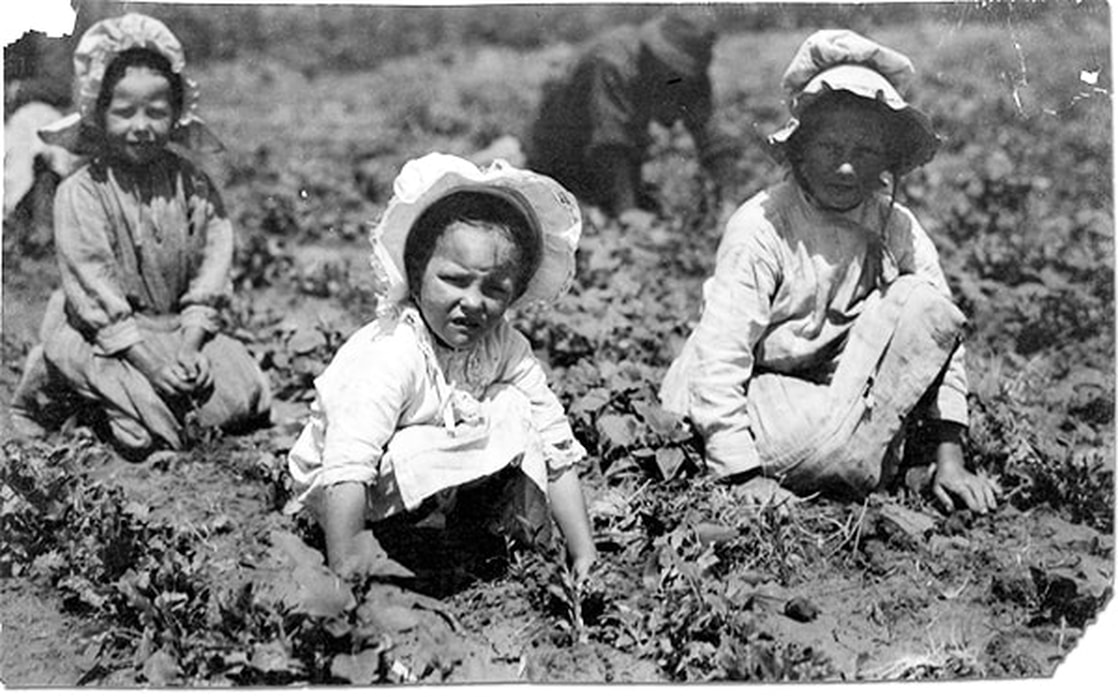The Early Days of Youth in Labor
In colonial America, children were seen as workers from a young age. On farms, even six-year-olds had chores. In towns, boys were apprenticed around age 12 while girls handled housework. As early as the 1600s, some children were kidnapped in England and sold into servitude in the colonies. By the early 1800s, apprenticeships faded as factories opened opportunities for poor children to work, especially in the industrializing North.
A Rise in Industrial and Agricultural Labor
The 19th century brought widespread child labor in both factories and fields. By 1900, 1.75 million children aged 10 to 15 were in the workforce. In the South, whole families were hired by textile mills, with children paid as little as $2 a week. Small hands made them useful in tight spaces. In agriculture, children worked harvests with their families. Farm work, though strenuous, was viewed by reformers as healthy compared to factory labor.
Fighting Back: Reform and Resistance
Progressive Era reformers and labor unions campaigned to limit child labor. The National Child Labor Committee formed in 1904. Photographer Lewis Hine exposed child labor’s harsh reality through images published in national magazines. Federal attempts like the Keating–Owen Act of 1916 were overturned by the Supreme Court. Only the 1938 Fair Labor Standards Act effectively prohibited child labor in factories and mines, though agriculture was left largely exempt.
Modern Developments and Ongoing Controversies
Despite early 20th-century reforms, child labor persists in U.S. agriculture, often involving migrant families. In recent years, states have rolled back child labor protections. From 2021 to 2023, 28 states introduced bills to weaken regulations. Notable violations included children working in slaughterhouses and fast-food restaurants. In 2023, a 16-year-old died in a poultry plant. By 2024, some states responded with new legislation to strengthen protections.

